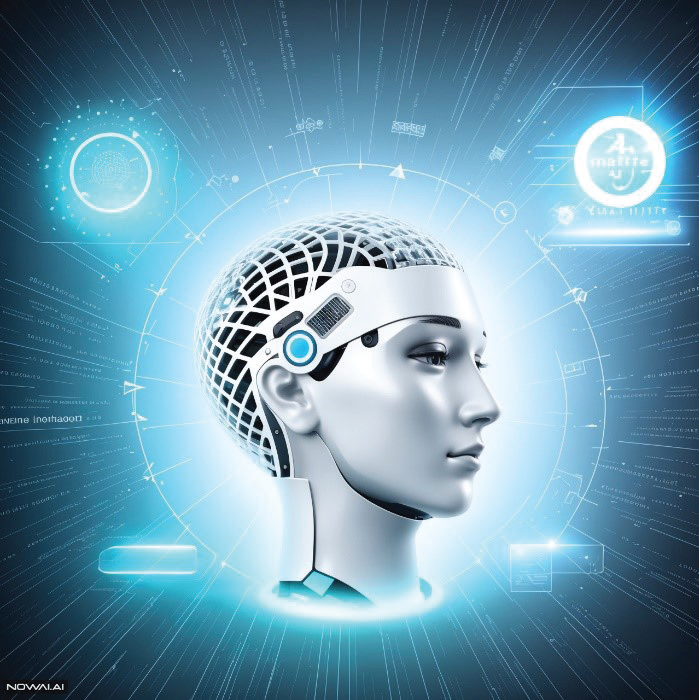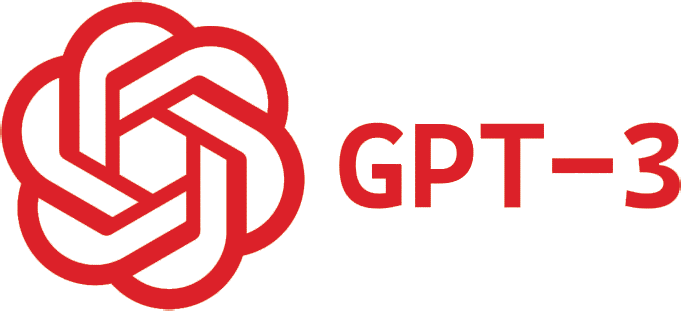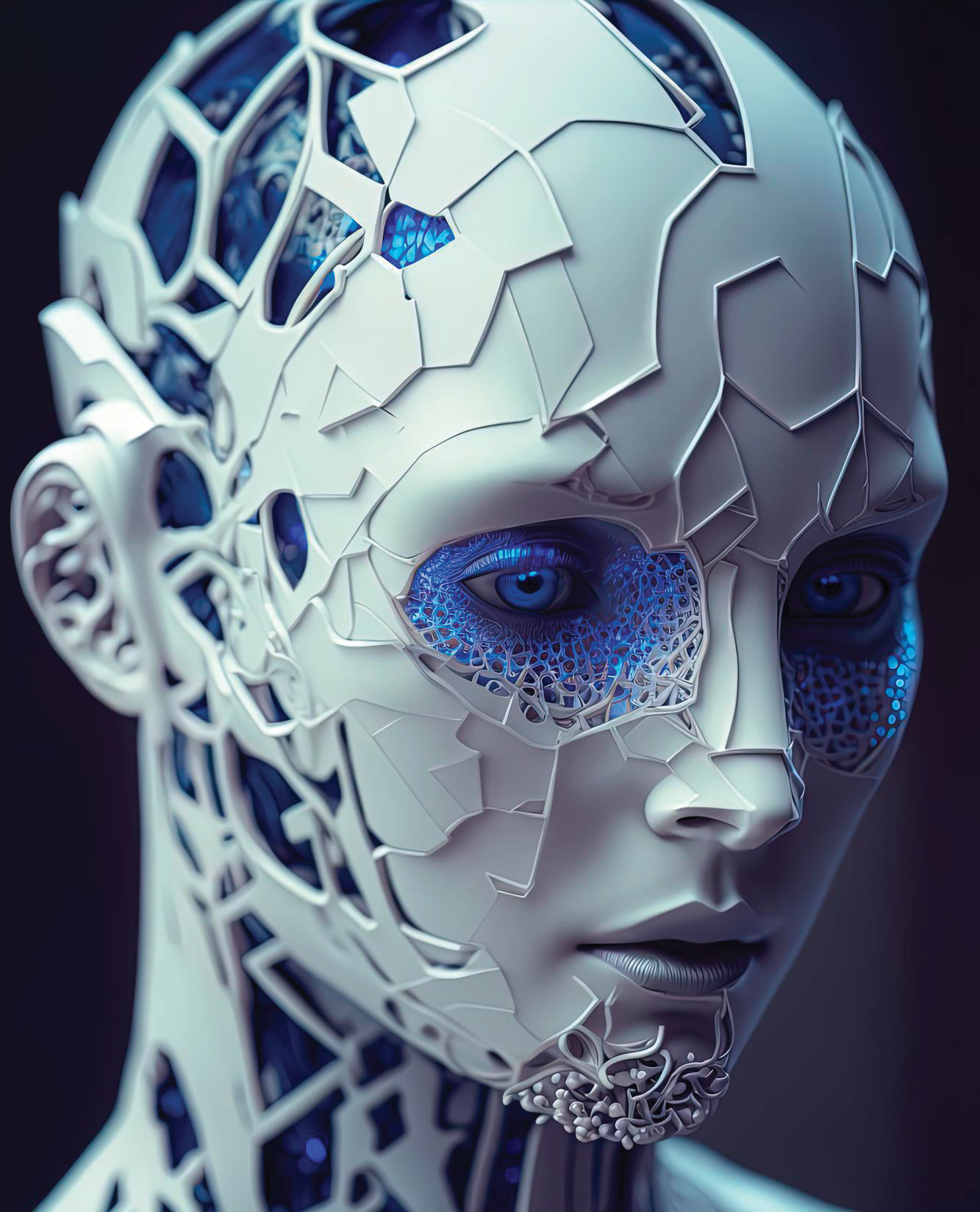
The origins of AI can be traced back to the 1940s and 1950s, when researchers began exploring the possibility of creating machines that could perform tasks that required human intelligence. The term “artifi cial intelligence” was fi rst coined in 1956 by John McCarthy, Marvin Minsky, Nathaniel Rochester, and Claude Shannon during the Dartmouth Conference. In 1950, computer scientist Alan Turing proposed the “Turing Test”, which is a measure of a machine’s ability to exhibit intelligent behavior that is indistinguishable from that of a human.
This idea sparked a wave of research and development in AI, as scientists and engineers sought to create machines that could think and learn like humans. During the 1960s and 1970s, AI researchers developed new algorithms and programming languages that enabled computers to perform tasks such as natural language processing, pattern recognition, and decision- making. However, progress was slow due to limited computing power and data availability. In the 1980s and 1990s, AI experienced a resurgence with the development of expert systems, neural networks, and genetic algorithms. These technologies enabled machines to learn from data and make decisions based on complex patterns and relationships.
In the 2000s and 2010s, AI entered a new era of innovation with the rise of big data, cloud computing, and deep learning. These advances allowed machines to process vast amounts of data and learn from it in real-time, leading to breakthroughs in areas such as speech recognition, image analysis, and autonomous vehicles.
Artifi cial Intelligence (AI) is a rapidly evolving fi eld that has gained signifi cant attention in recent years. It involves the development of intelligent machines that can perform tasks that usually require human intelligence, such as visual perception, speech recognition, decision-making, and language translation.
AI applications have been introduced in various industries, including healthcare, fi nance, transportation, education, and entertainment. These applications have the potential to revolutionize the way we live and work, providing us with unprecedented levels of effi ciency, accuracy, and speed. However, as AI technology advances, it also raises ethical concerns about privacy, security, and job displacement. This article will explore the different types of AI applications and their potential impact on society.
Text-based AI, also known as natural language processing (NLP), is a subset of artifi cial intelligence that focuses on the interaction between computers and human language. It involves teaching machines to understand and analyze human language, including grammar, syntax, and semantics. Text-based AI can be used for a variety of applications, such as chatbots, virtual assistants, and language translation. It can also be used in creative industries, such as writing, journalism, and marketing, to generate content or data analysis. Some popular text-based AI includes GPT-3 by OpenAI, BERT by Google, and Transformer by Hugging face.
ChatGPT is an AI-powered chatbot that uses natural language processing to have conversations with users. It was developed by GPT-3, one of the most advanced text-based AI models currently available. ChatGPT can understand and respond to a wide range of topics, making it a useful tool for customer service, education, and entertainment. BERT (Bidirectional Encoder Representations from Transformers) is a language model developed by Google that uses deep learning techniques to understand natural language. It is designed to pre-train on large amounts of text data and then fi ne-tune on specifi c tasks, such as question answering or sentiment analysis. BERT can understand the context of words in a sentence and has achieved state-of-the-art performance on many natural language processing tasks.
Transformer is an open-source deep learning library developed by Hugging Face that implements the Transformer architecture, which was introduced in a paper by Google researchers in 2017. The Transformer architecture is a type of neural network that is particularly well-suited for processing sequential data, such as text. It has been used for a wide range of natural language processing tasks, including machine translation, text summarization, and sentiment analysis. Transformer has become popular among researchers and developers due to its fl exibility and ease of use.

The way Chat GPT works is by using a process called “text generation”. When a user inputs a message or question, the chatbot analyzes the text using NLP techniques to understand the meaning and intent behind the words. It then uses the pre-trained GPT model to generate a response that is most likely to be relevant and accurate. The pre-training process involves feeding the GPT model with massive amounts of text data, such as books, articles, and websites. This allows the model to learn the patterns and structures of natural language, as well as the context and semantics of different words and phrases. By doing so, it can generate coherent and meaningful responses that are similar to those of a human. Chat GPT also uses a technique called “fi ne-tuning” to adapt its responses to specifi c domains or topics.
This involves training the model on a smaller dataset of text data that is relevant to a particular industry or fi eld, such as healthcare or fi nance. By doing so, it can generate more accurate and specialized responses that are tailored to the user’s needs. Artifi cial intelligence (AI) has been used in the fi eld of art to create new forms of creative expression and to enhance traditional artistic techniques. AI algorithms can be trained on large datasets of images, music, or other types of media to learn patterns and generate new content that is inspired by the data it has analyzed. One example of AI in art is the use of generative adversarial networks (GANs) to create realistic images that are indistinguishable from those created by human artists. GANs consist of two neural networks that work together to generate new images: a generator network that creates new images, and a discriminator network that evaluates the quality of the generated images.
The two networks are trained together until the generator network can create images that are diffi cult for the discriminator network to distinguish from real images. DeepDream is a computer vision algorithm developed by Google that uses a convolutional neural network to fi nd and enhance patterns in images. It works by analyzing an image and then modifying it to highlight and enhance certain features, creating a dreamlike, surreal effect. CycleGAN is a type of GAN that can be used to translate images from one domain to another without the need for paired training data. For example, it can be used to translate images of horses to images of zebras, or to convert daytime images to nighttime images. Pix2Pix is another type of GAN that can be used for image-to-image translation.
It works by taking an input image and generating a corresponding output image based on a given style or set of parameters. For example, it can be used to turn sketches into realistic images or to colorize black and white photos. StyleGAN is a type of GAN that can be used to generate high- quality, realistic images that are indistinguishable from those created by human artists. It works by learning the style and structure of a given dataset of images, and then generating new images that are inspired by that dataset. StyleGAN has been used to create realistic portraits, landscapes, and other types of images.

Image-based AI refers to the use of artifi cial intelligence algorithms and techniques to analyze and understand images. This fi eld has seen signifi cant advancements in recent years, thanks to the development of deep learning techniques like convolutional neural networks (CNNs) and generative adversarial networks (GANs). Image-based AI has a wide range of applications, including object recognition, face recognition, image segmentation, and image-to-image translation. For example, image-based AI can be used to identify objects in photos or videos, such as cars, people, or animals. It can also be used to detect and recognize faces in images, which has numerous applications in security and surveillance. Image-based AI can also be used for medical imaging, such as analyzing X-rays or MRI scans to identify abnormalities or diseases. In addition, it can be used for autonomous driving, where cameras and sensors are used to detect and recognize objects on the road. ResNet, YOLO AI, and AlexNet are all examples of image-based AI models that have made signifi cant contributions to the fi eld. ResNet, short for “Residual Network,” is a deep neural network architecture that was introduced in 2015. It is known for its ability to train very deep neural networks with hundreds of layers. ResNet uses skip connections to allow information to pass through the network without being altered, which helps to prevent the vanishing gradient problem that can occur in deep networks. ResNet has been used for a wide range of applications, including object recognition, image segmentation, and speech recognition. YOLO AI, short for “You Only Look Once”, is an object detection algorithm that was introduced in 2016. YOLO AI is known for its speed and accuracy, as it can detect objects in real-time with high precision.
YOLO AI works by dividing an image into a grid and predicting bounding boxes and class probabilities for each grid cell. YOLO AI has been used for applications such as autonomous driving, security and surveillance, and robotics. AlexNet is a deep convolutional neural network that was introduced in 2012. It was one of the fi rst deep learning models to achieve state-of-the-art performance on the ImageNet dataset, which contains millions of labeled images. AlexNet uses multiple convolutional layers to extract features from images, followed by fully connected layers to classify the images into different categories. AlexNet has been used for a wide range of applications, including object recognition, face recognition, and medical imaging.

Overall, there are lots of AI applications in our world right now and these applications vary from each other.
It is hard to fi nd a specifi c AI on the internet for a specifi c purpose, but there is an AI for that aswell!
By using “thereisanaiforthat” you can search what you would like to do and the site recommends you a multitude of AI with different functions that could be benefi cial to you.
Utilizing AI in today’s world is slowly becoming a trend and having suffi cient knowledge about where or how to apply them can be a key factor in the quality of your work.
Opening Hours:
24/7
Address: Tradex Mena International Consulting Group L.L.C-FZ 6th Floor, Business Center, The Meydan Hotel Grandstand, Meydan Road, Nad Al Sheba, Dubai, United Arab Emirates
+971 50 240 9735
Address: TRADEX INTERNATIONAL CONSULTING DANIŞMANLIK
itH. iHr. ve TiC. LTD. ŞTi.
Tomtom Mah. istiklal Cad. Beyoğlu iş Merkezi No.187 iç Kapr No: 4 Beyoğlu/iSTANBUL Beyoğlu V.D. 8591125255